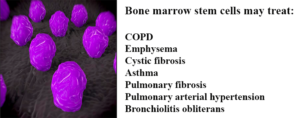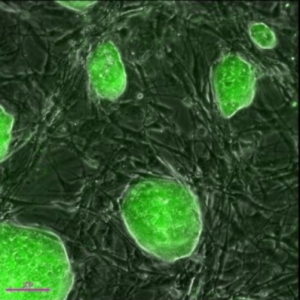
MONDAY, 29 AUGUST 2016 / PUBLISHED IN BLOG
Recent studies from the Weizmann Institute of Science suggest promising applications of stem cells in repairing damaged lung tissue. This breakthrough offers hope for treating prevalent conditions such as bronchitis, asthma, cystic fibrosis, and emphysema, which collectively affect millions globally and rank among the leading causes of death.
Bone Marrow Stem Cells: Potential for Lung Tissue Regeneration

Researchers at the Weizmann Institute have explored the similarities between lung and bone marrow stem cells. They found that bone marrow stem cells, when transplanted into patients, can migrate through the bloodstream to damaged lung areas and differentiate into lung tissue.
Acknowledging these similarities, Professor Yair Reisner from the Immunology Department conducted experiments where lung stem cell compartments were cleared in mice models before introducing bone marrow stem cells. This approach allowed transplanted stem cells to populate the lungs, differentiate into functional lung tissue, and significantly improve respiratory function over time.
The Weizmann team aims to expand this research to establish a bank of lung-specific stem cells for potential future transplantation in patients with severe respiratory diseases.
Lung-Specific Induced Pluripotent Stem Cells (iPSCs): A Promising Alternative

In parallel research, scientists at the Boston University Medical Center have generated lung-disease-specific induced pluripotent stem cells (iPSCs) from patients with conditions like emphysema and cystic fibrosis. These iPSCs offer advantages over bone marrow stem cells, including easier cultivation and reduced risk of rejection due to genetic similarity to the patient’s own cells.
By manipulating skin stem cells into iPSCs capable of differentiating into lung tissue, researchers have demonstrated their potential in laboratory settings. This approach could circumvent several challenges associated with other stem cell therapies, making it a viable option for future clinical applications.
References
For further reading and detailed studies:




